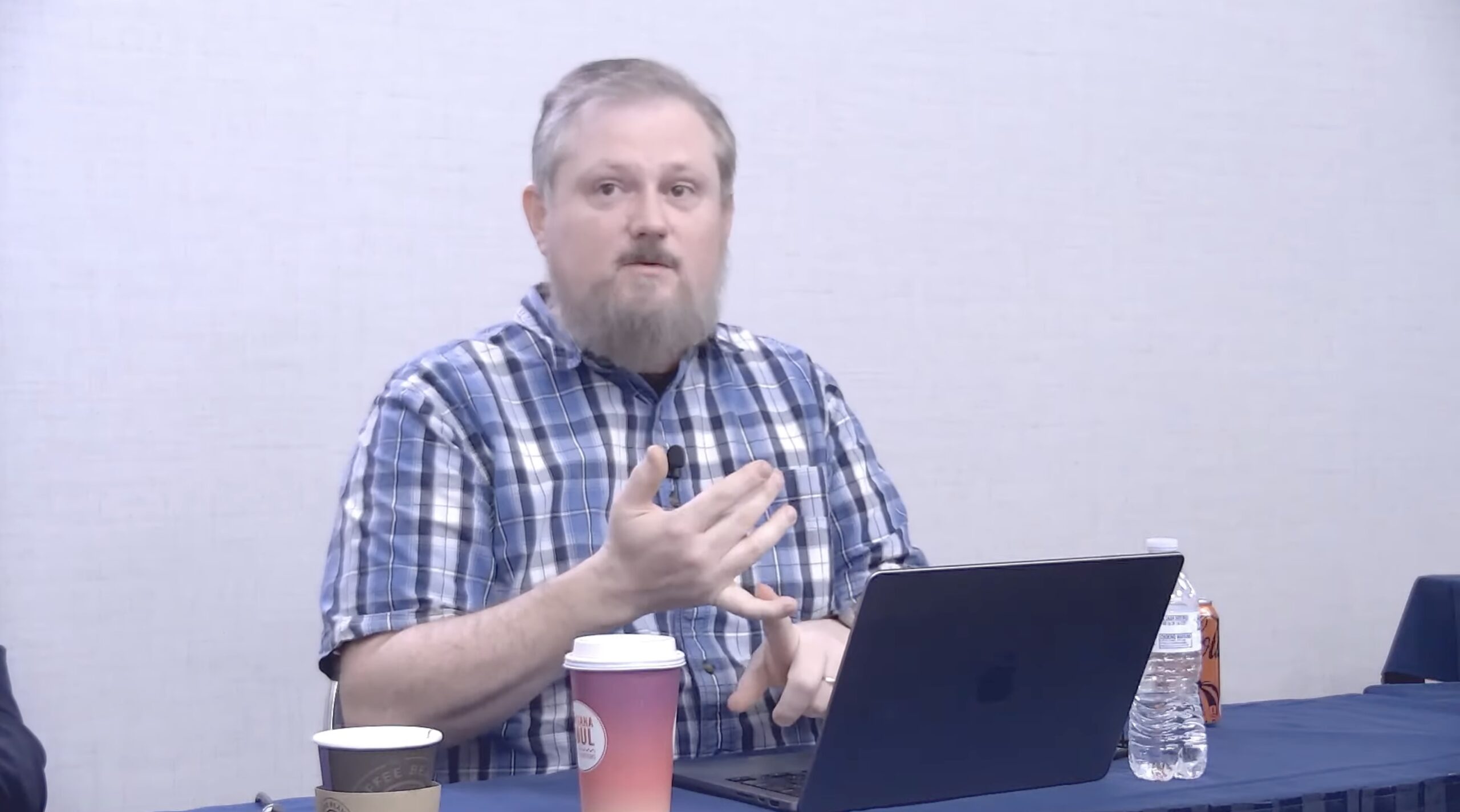Futurum Intelligence recently released its CIO Insights dataset that reveals what IT leaders think are their biggest challenges in 2025. A staggering majority (89.9%) says that they see talent acquisition and retention as their greatest problem.
This checks out with and explains the general excitement around as-a-service solutions. In networking, the interest in network-as-a-service (NaaS) offerings is getting palpable, and vendors like Nile and Meter are reinventing the old space with simple, but unorthodox solutions.
Offered on a cloud-based model that lets users sign up for a small monthly fee, NaaS solutions give companies the chance to avail a variety of support options without any capital investment. Like cloud, these offer ready-to-consume network infrastructures and integrated solutions that can be rented and used on flexible plans.
“The goal is to create an experience where buying network connectivity is somewhat akin to buying electricity today,” said Ron Westfall, research expert and analyst at The Futurum Group, echoing Nile’s marketing message, at the Mobility Field Day delegate roundtable.
“The NaaS market is going to grow to double digit CAGR over the next several years. It’ll be over $100 billion by the end of this decade because of the combination of new intelligence and AI-enabled enabled capabilities – whether it’s talking natural language to the network, or solving a lot of problems that can take days, weeks, months to do with the established ways,” predicts Westfall.
But adequate skepticism prevails over what these solutions can do and what they mean for the future of networking.
There is great convenience in leaving the care and feeding of the Wi-Fi to a responsible party that would do everything from planning and designing to operations in exchange for a monthly pay if they are able to offer the level of service required. Especially in a down economy where company IT budgets are shrinking every day, this is a highly attractive option for businesses looking to get out of the longer and costlier alternative route.
But what is convenience for one set of people is cause for anxiety for another. “Some people want the control, and some people are much more willing to take their hands off,” notes Darrell DeRosia, wireless engineer.
A Matter of Trust
The crucial factor in the success of any technology is the human trust factor. The humans that a technology enables must be able to trust it enough to be able to handover the tasks.
Drew Lentz, applications and wireless network engineer characterizes the fear of letting go as a “generational thing”. The popular response to self-driving vehicles is a good example. Most Americans initially said that they wouldn’t feel comfortable letting a computer get behind the wheels. But that mentality is slowly waning as autonomous vehicles are making big leaps in ensuring greater road safety.
It wouldn’t be too ridiculous, if, in the future, the technology is able to eliminate all road accidents caused by distracted driving.
In less life-and-death situations like enterprise networking, using as-a-service solution has a critical advantage. The provider takes full responsibility for the network performance.
“They are the ones responsible for it working or not working,” says Lentz. “They are saying don’t worry about the protocol, the channel size, or any of that. That’s going to be handled in a way that will deliver the quality of service that you’re expecting and if that doesn’t meet your SLA, then you don’t pay.”
But skeptics remain unconvinced. “Half of what they are selling you is snake oil,” says Lee Badman, IT analyst.

When it comes to messaging, companies often furnish numbers and figures to substantiate their case. Network-as-a-service companies for example claim to reduce TCO by a significant margin. Badman sees these claims as overblown and designed to make services sound more advantageous than they are.
A provider cannot make such promises without knowing anything about a customer’s environment, he says.
“Why people are butting up against this idea of someone else walking in and doing these things for them is because right now in their network, they can pull the stats, and if those numbers are consistent and the users are happy, then they don’t need a new solution,” notes Tom Hollingsworth, former network engineer, and event lead for Tech Field Day.
In and of itself, network-as-a-service is a powerful vehicle for advancing companies’ efforts to provide users top-notch experience. It is the cornerstone of network automation and provides an alternative path to hiring and reskilling in-house talents. But to tap into it, companies must hold the provider accountable to make sure that they deliver as they promise.
There are many ways to measure the quality of service and gauge if a provider is meeting its SLAs, says Hollingsworth. The volume of trouble tickets customers are raising or speed test results are key indicators.
There’s also growing transparency from the vendors which is helpful for establishing trust. More providers are working to offer customers broad and sweeping visibility of their environment, including deep and sub-second feeds of the states and health of network equipment and level of user experience, so that they know when thresholds are violated and if things are being resolved properly and punctually.
For more on this, be sure to check out the delegate roundtable – The Future of Wireless-as-a-Service – and other interesting presentations from the recent Mobility Field Day event,.

